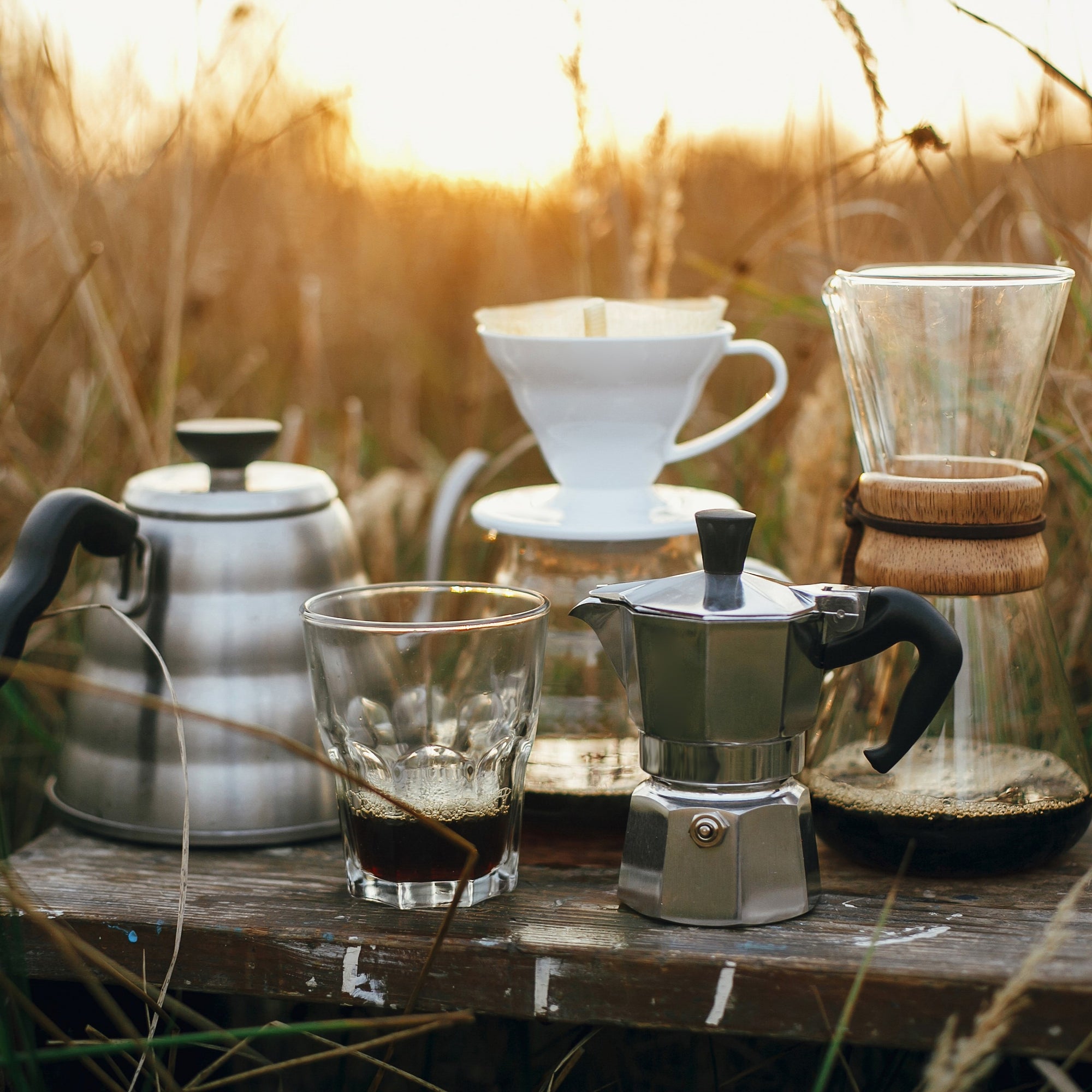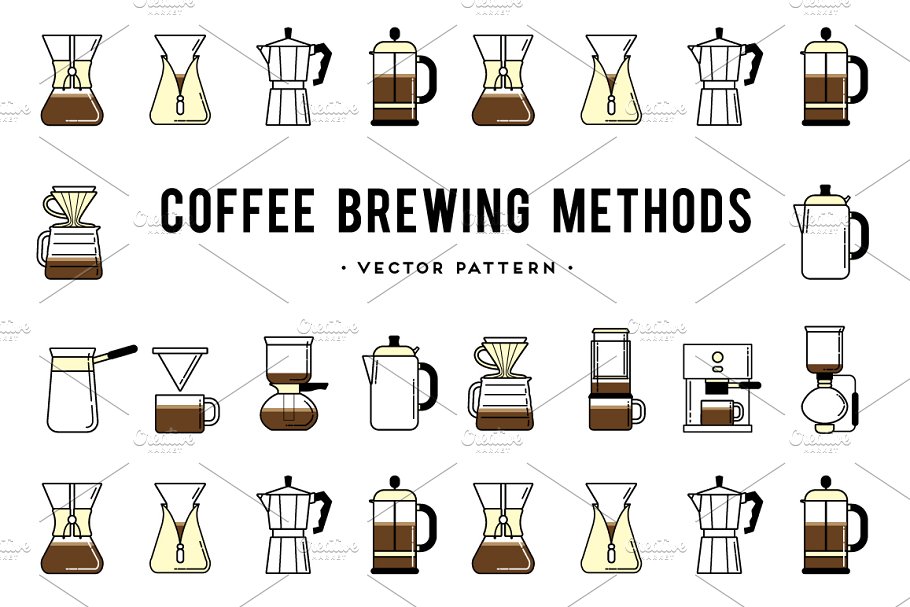The Scientific Research Behind Coffee Brewing: Just How Temperature and Time Affect Your Drink
Comprehending the scientific research behind coffee developing discloses that temperature level and time are not plain variables yet essential components that dictate the drink's flavor profile and general top quality. As we explore the nuances of these components, the question occurs: just how can one properly equilibrium temperature and time to achieve that ideal mixture?
The Chemistry of Coffee Extraction
The chemistry of coffee extraction explores the detailed procedures that change raw coffee beans right into the aromatic drink appreciated worldwide. This improvement mostly entails the solubility of numerous substances existing in the beans, which are influenced by aspects such as work size, water quality, and the developing method employed.
Throughout the developing procedure, warm water functions as a solvent, removing soluble compounds, consisting of high levels of caffeine, acids, sugars, and lipids, from the coffee grounds. Each substance adds to the flavor profile, aroma, and body of the last beverage. Acids are accountable for intense and tasty notes, while oils add to an abundant mouthfeel.
The initial stages of brewing extract acids and sugars, leading to a positive level of acidity, while prolonged removal can lead to resentment due to over-extraction of unwanted compounds. Recognizing these chemical communications is crucial for enhancing developing methods, as the equilibrium between extraction time and water temperature level can dramatically affect the general high quality of the coffee.
Perfect Developing Temperatures
Discovering the best developing temperature is important for unlocking the complete potential of coffee flavors and fragrances - coffee brewing methods. Research study indicates that the optimal range for brewing coffee exists in between 195 ° F to 205 ° F(90 ° C to 96 ° C) Within this array, the removal procedure successfully dissolves the desirable soluble compounds in coffee beans, resulting in a balanced and flavorful mug
Developing at reduced temperatures, such as below 195 ° F(90 ° C ), might cause under-extraction, producing an acidic and weak brew with muted tastes. Conversely, developing at temperatures going beyond 205 ° F(96 ° C) can cause over-extraction, creating a bitter and harsh taste due to the excessive dissolution of unfavorable compounds, such as tannins.
Additionally, the optimal developing temperature can differ depending upon the coffee bean type and roast degree. As an example, lighter roasts frequently take advantage of a little higher temperatures to boost their complex flavor profiles, while darker roasts might be better suited to reduced temperatures to reduce anger.
Eventually, preserving precision in brewing temperature levels is crucial for attaining a harmonious balance of tastes, making sure that every cup of coffee provides an enjoyable sensory experience.
Effect of Developing Time
Brewing time plays an essential role in determining the flavor account and overall high quality of coffee. The removal process, which influences the taste, scent, and body of the beverage, is mostly depending on for how long the coffee premises touch with water. Shorter brewing times can result in under-extraction, bring about a sour or weak taste, as not nearly enough soluble compounds are dissolved. On the other hand, long term brewing can cause over-extraction, where undesirable substances are released, leading to an astringent or bitter preference.
Optimum brewing time differs relying on the approach made use of and the grind size of the coffee. As an example, a French press normally needs regarding four minutes, while espresso extraction is typically finished within 25 to 30 seconds. It is vital to adjust brewing time in combination with various other variables, such as water temperature level and coffee-to-water proportion, to achieve the desired flavor profile.
Recognizing the impact of brewing time enables coffee enthusiasts to improve their brewing methods, eventually improving the sensory experience of their mug (coffee brewing website link methods). With careful focus to this variable, one can unlock the complete potential of the coffee, exposing its unique features and subtleties
Brewing Approaches and Their Impacts

For circumstances, approaches like French press and cool brew enable for a longer steeping time, resulting in a fuller body and robust taste because of raised removal of oils and soluble solids. Alternatively, coffee developing makes use of high pressure and a shorter removal time, generating a focused shot that emphasizes intense flavors and an abundant crema.
Pour-over techniques, such as Chemex or V60, offer a more regulated removal process, permitting the brewer to control circulation rate and water circulation, which can boost brightness and quality. On the other hand, percolation approaches cycle water through the coffee grounds several times, bring about a more powerful, usually bitter taste.
Last but not least, making use of paper filters versus metal filters can also influence the final taste; paper filters normally yield a cleaner mug by capturing oils and fine particles, while metal filters allow more oils to pass through, adding to a fuller mouthfeel - coffee brewing methods. Recognizing these nuances can boost the coffee experience significantly
Tips for Perfecting Your Mixture
A well-executed mixture can change even the easiest coffee right into an amazing experience. Grind the beans just prior to brewing to make best use of freshness, making sure the grind size matches your developing approach-- coarser for French press and finer for coffee.
Water top quality plays a crucial function; use filteringed system water free from pollutants. The suitable developing temperature varies in between 195 ° F and 205 ° F(90 ° C to 96 ° C ) As well warm can blister the coffee, while also amazing might under-extract tastes.
Timing is equally crucial. For immersion approaches, soaking for 3 to five mins is optimum, whereas drip techniques typically take around 5 minutes. Trying out mixture times to find your recommended toughness.

Conclusion
In summary, the complex partnership in between temperature and time is extremely important in the coffee developing procedure. Following optimum developing temperature levels in between 195 ° F and 205 ° F, along with precise timing customized to every approach, makes sure the preferred taste profile is achieved. Recognizing these clinical concepts equips individuals to refine their brewing strategies, inevitably bring about a more balanced and pleasurable coffee experience. Mastery of these elements is necessary for any kind of coffee fanatic seeking excellence in their drink.
Recognizing the scientific research behind coffee developing exposes that temperature level and time are not plain variables but crucial elements that dictate the beverage's taste profile and general top quality. Recognizing these chemical communications is important for optimizing developing techniques, as the balance between extraction time and water temperature level can substantially influence the general high quality of the coffee.Brewing time plays a crucial duty in establishing the flavor profile and general quality of coffee. By focusing on these aspects-- bean quality, grind dimension, water temperature, soaking time, and proportion-- you can boost your coffee brewing process, resulting in a consistently exceptional mug.
In recap, the intricate connection between temperature level and time is vital in the coffee developing process.